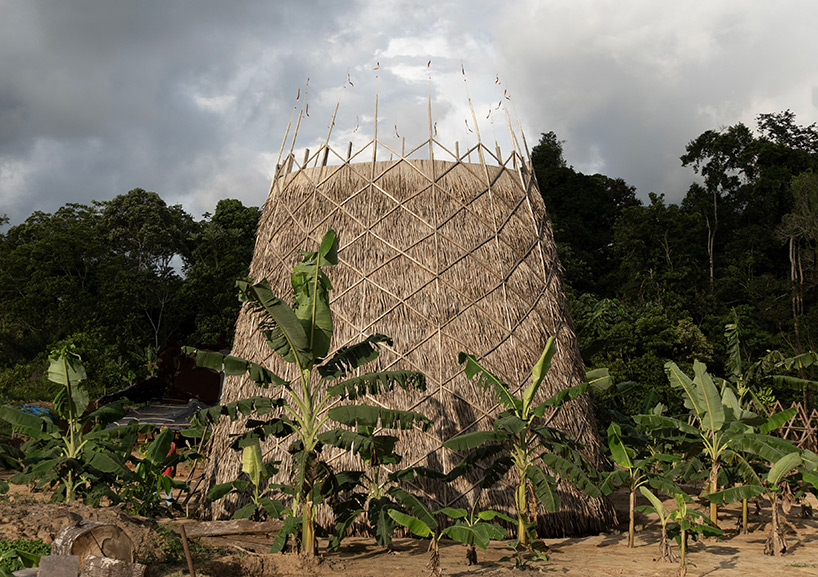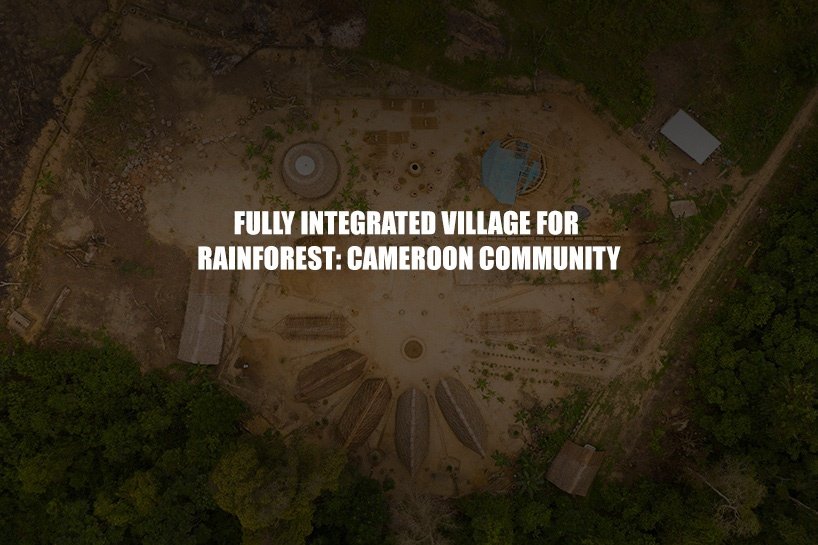An Overview:
Warka Water, a non-profit organization, led by Italian architect Arturo Vittori’s Tropical rainforest, is expected to be completed in 2022. Cameroon, Warka Village is an integrated space for Pygmy community, an isolated society located in Mvoumagomi area. The project is said to use only natural materials and ancient local construction techniques.
Pygmy community is a gathering of villagers who live in groups (hunter-gatherers) of 30 people on average, 100 people at most. Warka village is also about 40km from Kribi in the south region Cameroon, and due to deep in tropicals, this community is cut off from nearby towns due to dangers from flooding.
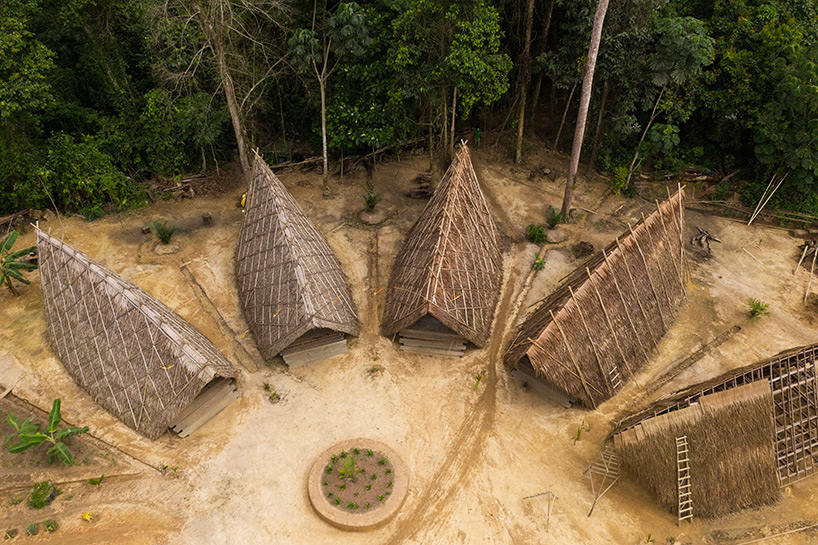
Design Thought:
‘This project is for an integrated village constructed only by using local and natural materials and ancient local construction techniques’ – Arturo Vittori. With using earth, water stone, wood and natural fibres, the Warka Village aspires to transform the landscape of comprehensive human development. With also utilizing low-cost, sustainable, community-driven, high-impact multi-sector development interventions that are tailored to the village’s specific needs.
The Warka Water project has been under construction int he congo basin for 18 months now and it the largest tropical rainforest in the world. As an upcoming trendsetter, Warka Water will eventually form a community for local artisans, serving as an incredible example.
- The village will comprise of seven ‘Warka houses’ inspired by the region’s vernacular dwellings,
- Two ‘warka towers’ are designed to collect and harvest potable water from the air.
- ‘Warka sanitation’ composting toilets will operate without flushing water.
- ‘Warka Pavillion’
- ‘Warka Garden’ providing food for residents.
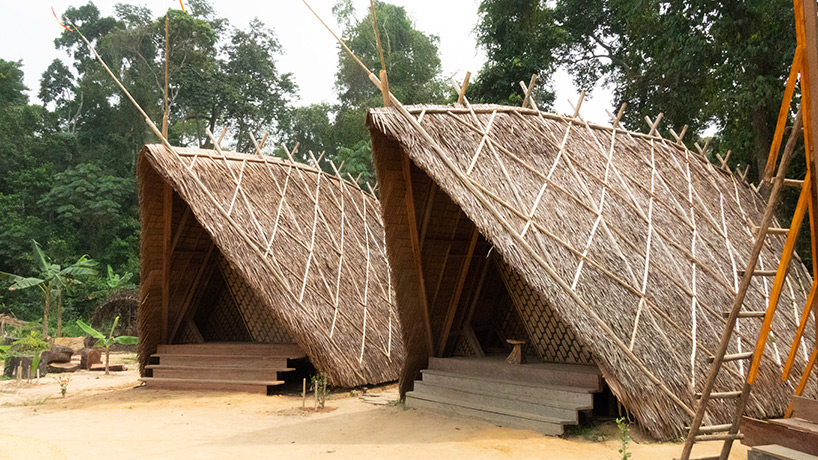
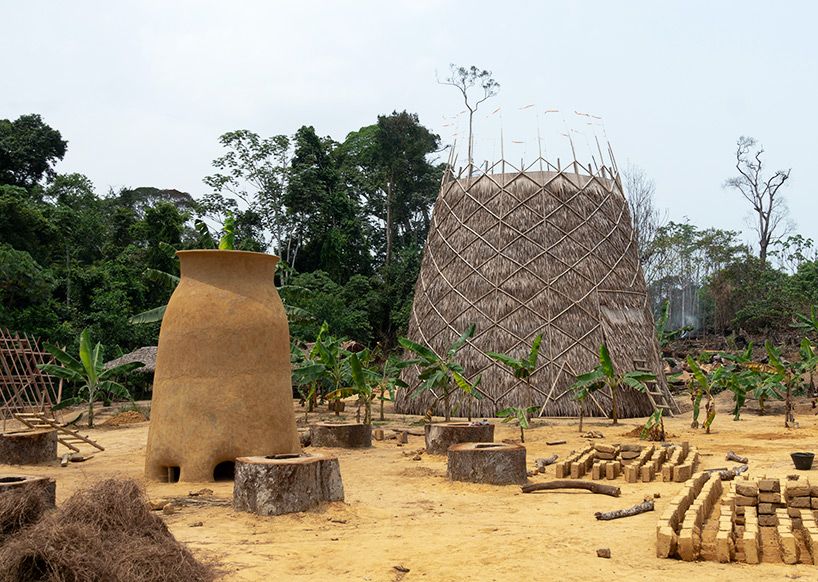
The seven ‘Warka houses’ are a reference to ancient local traditions while offering a higher standards of hygiene and comfort for the villagers of rural communities. Rest two ‘Warka towers’ will provide the community with an alternative water source. The tower’s water-harvesting capacity depends on meteorological conditions and aims to distribute between 40 to 80 litres (10 to 20 gallons) for drinking water every day.
As known, issues of sanitation and hygiene still remain as one of the important concerns for developing countries, ‘warka sanitation’ provides composting toilets, that will operate without flushing water and energy. The term ‘Warka’ is derived from the warka tree, a giant, wild fig tree native to Ethiopia.
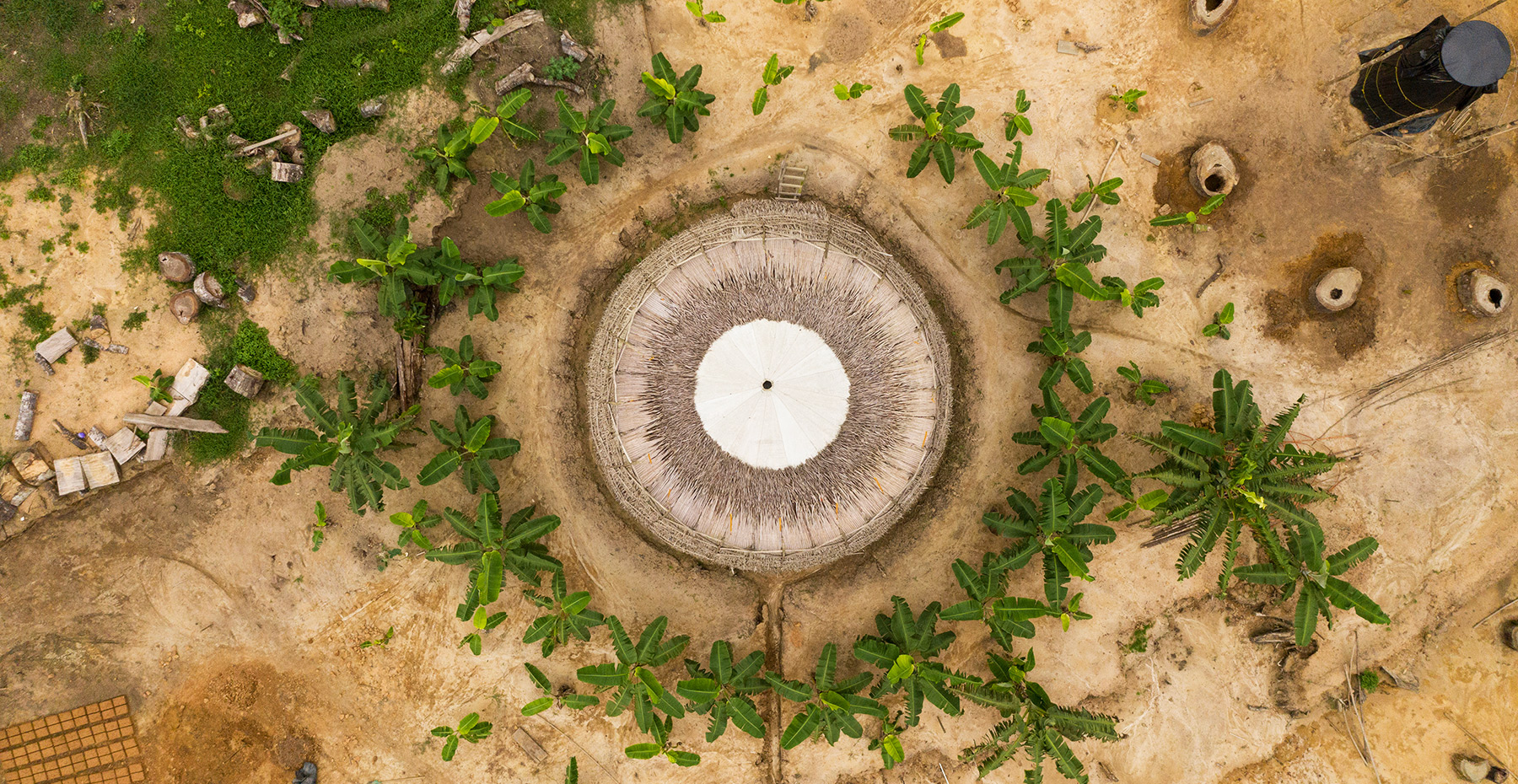
‘Warka Tower’ allows people to harvest water from the sky with a sustainable approach was installed first in 2015. “This is not a new invention, but ancient knowhow that we have lost, several cultures have been adopting different strategies to collect water sustainably from the air. Warka will also help to rediscover some of these lost traditions, inspiring a new generation of architects to incorporate these traditional techniques.”
